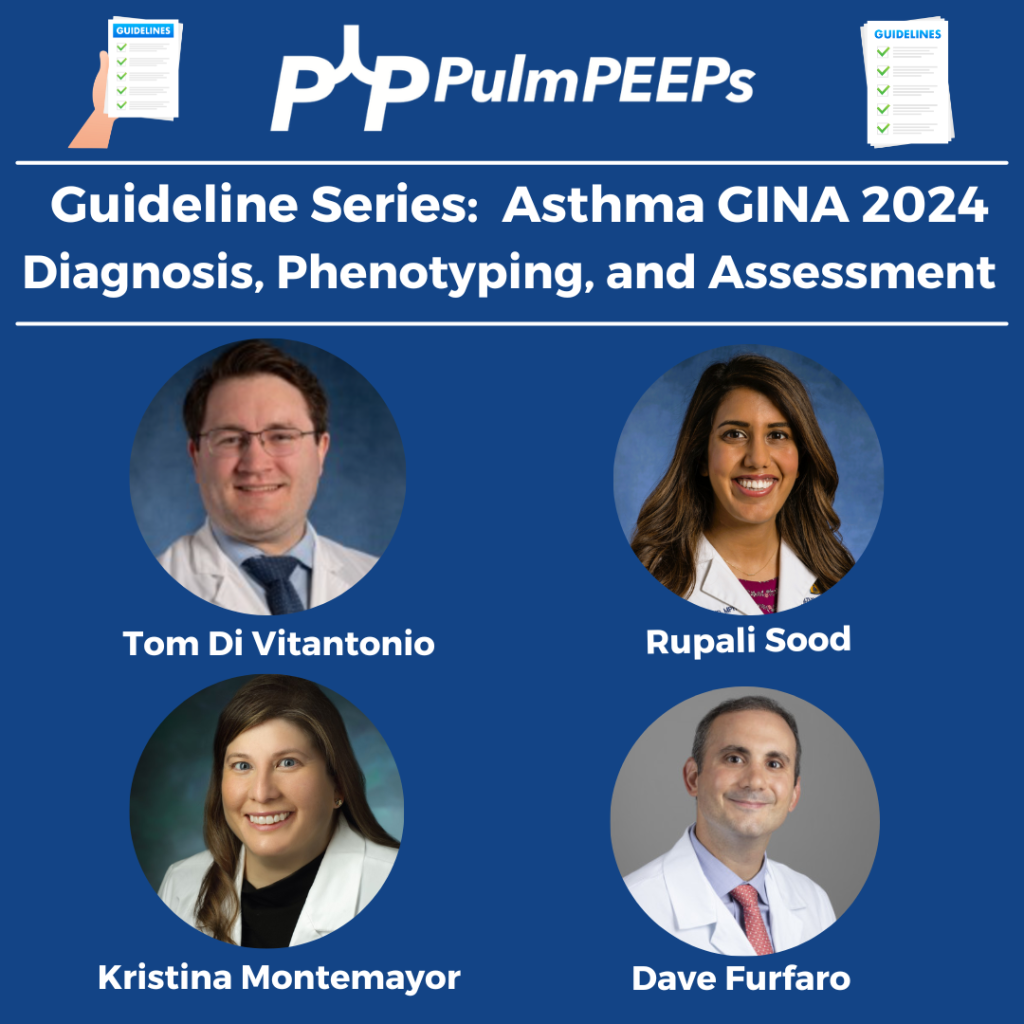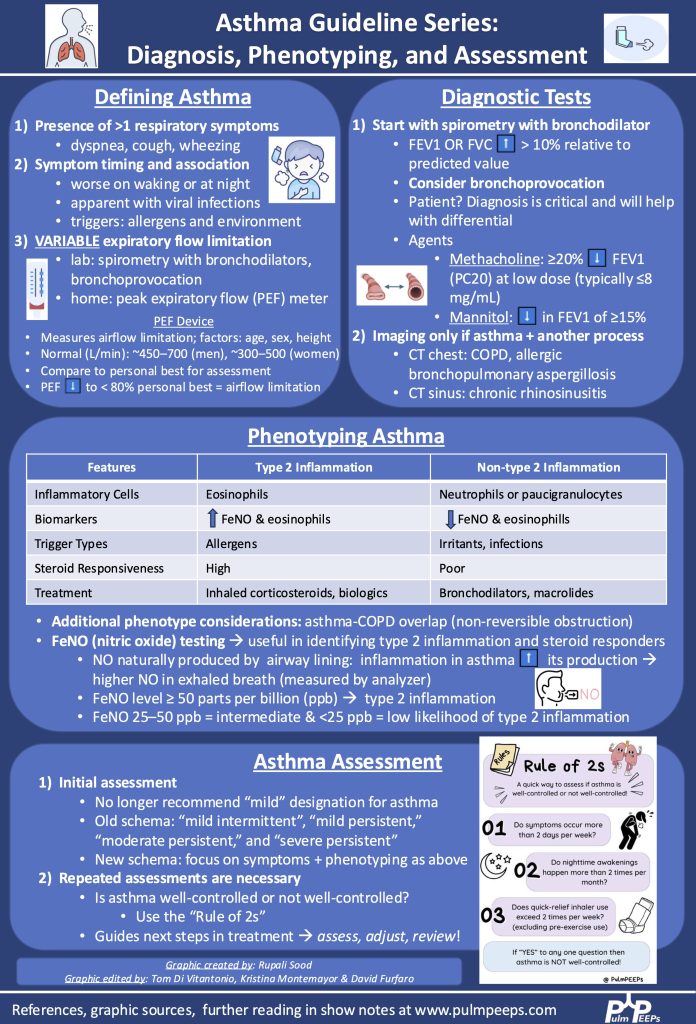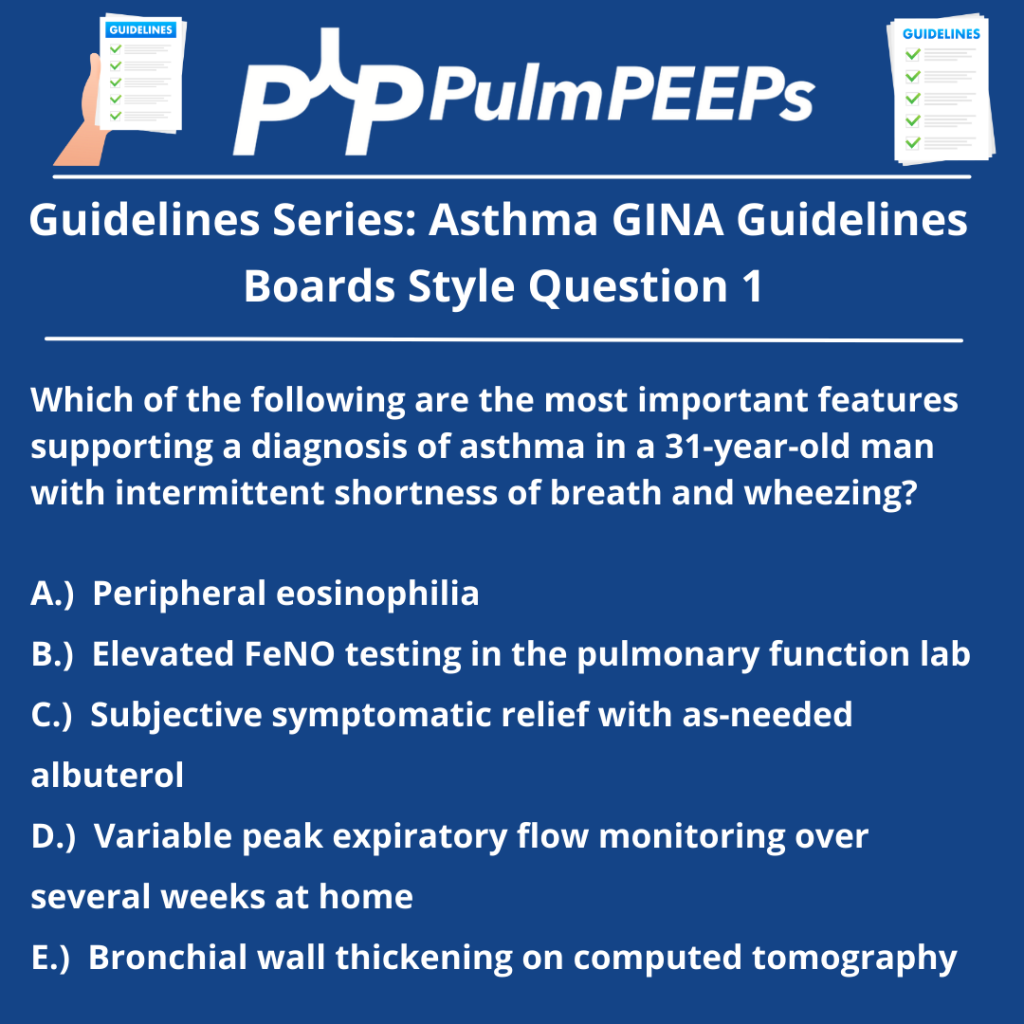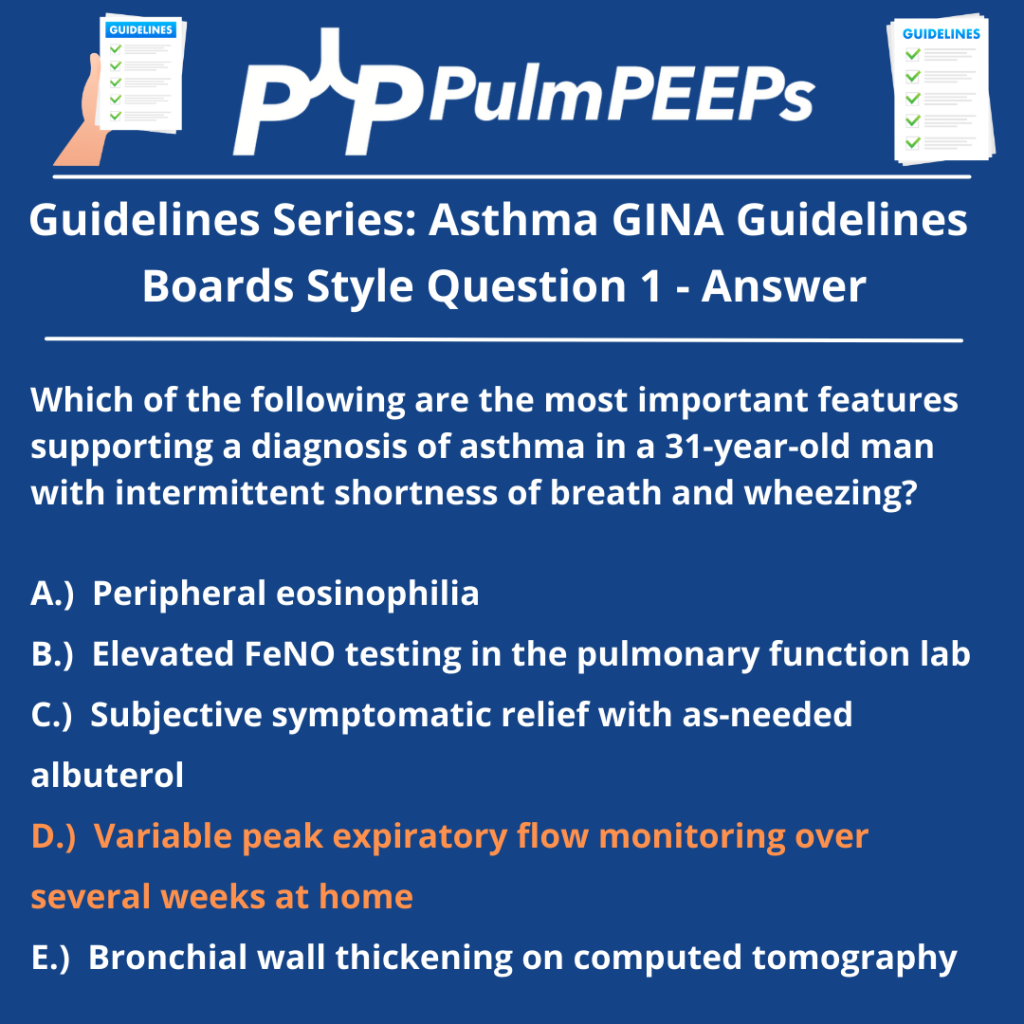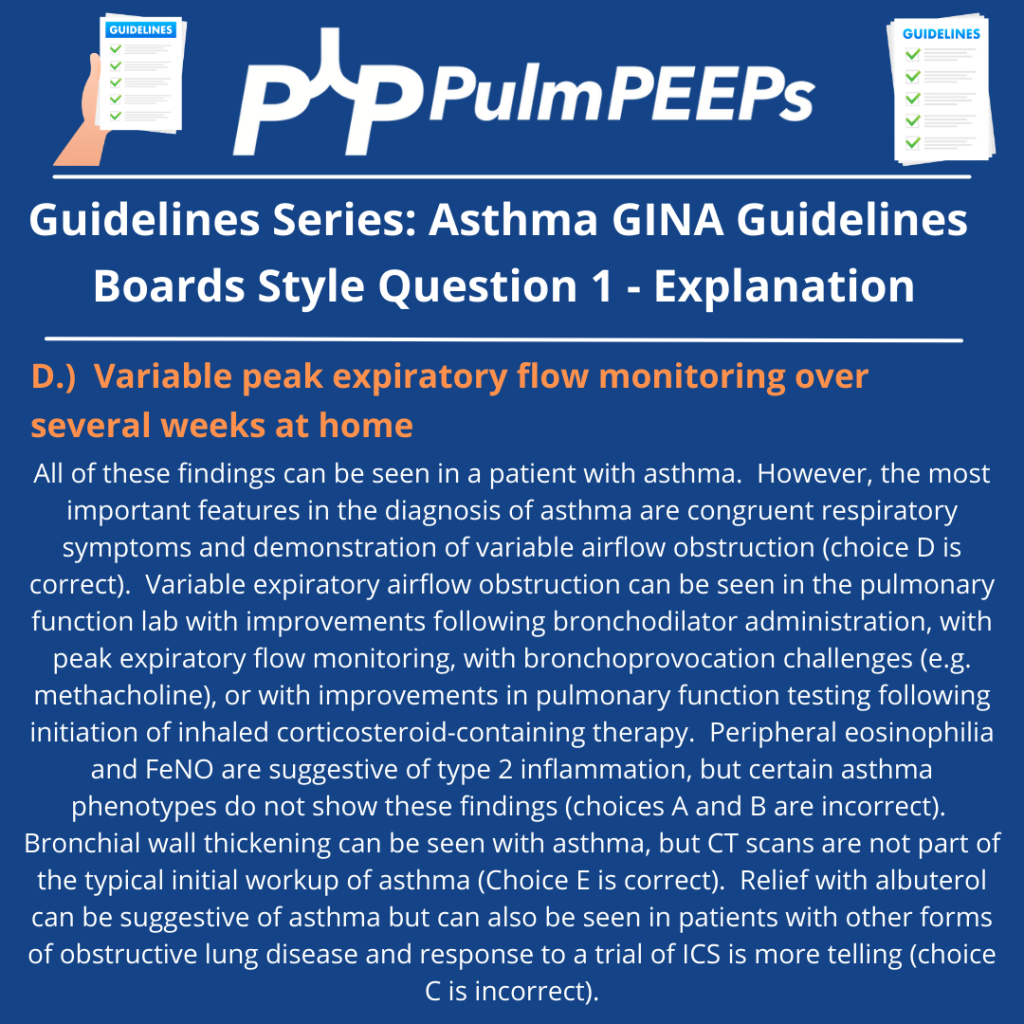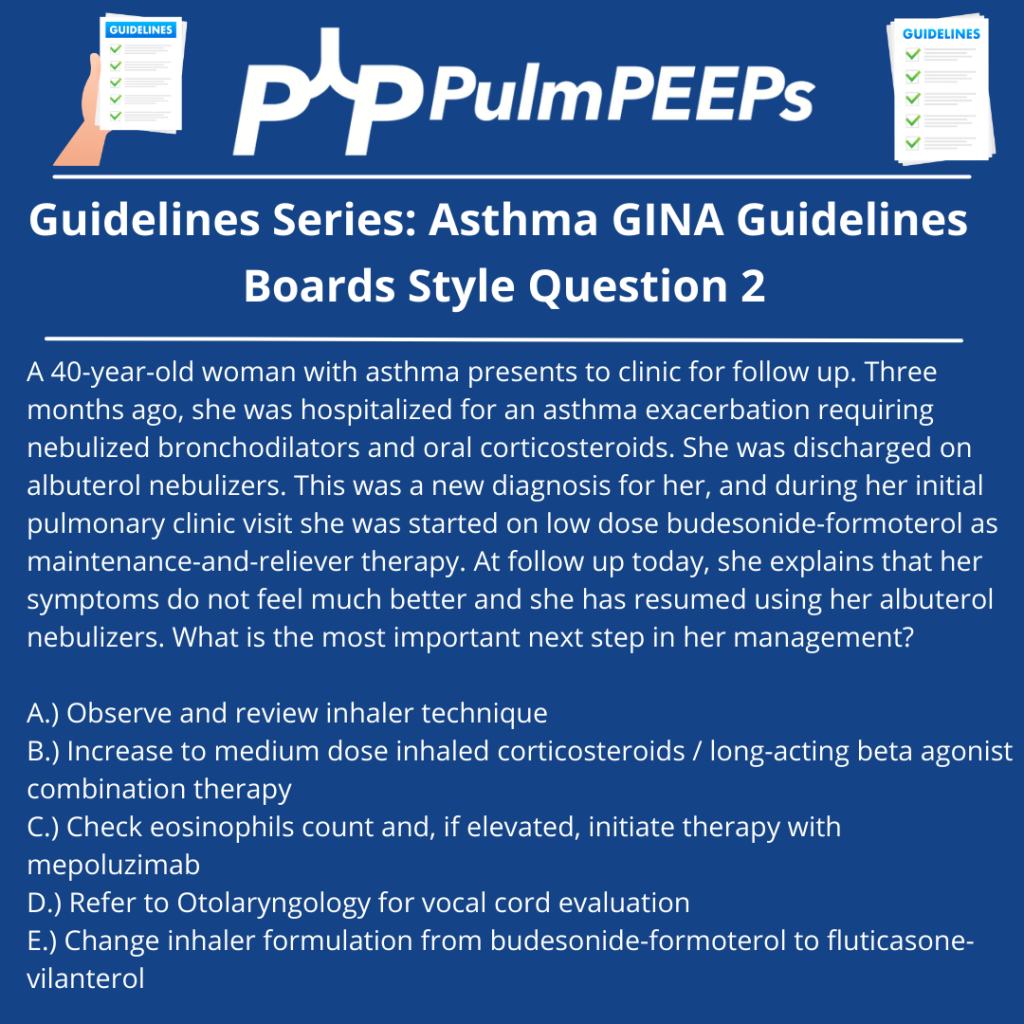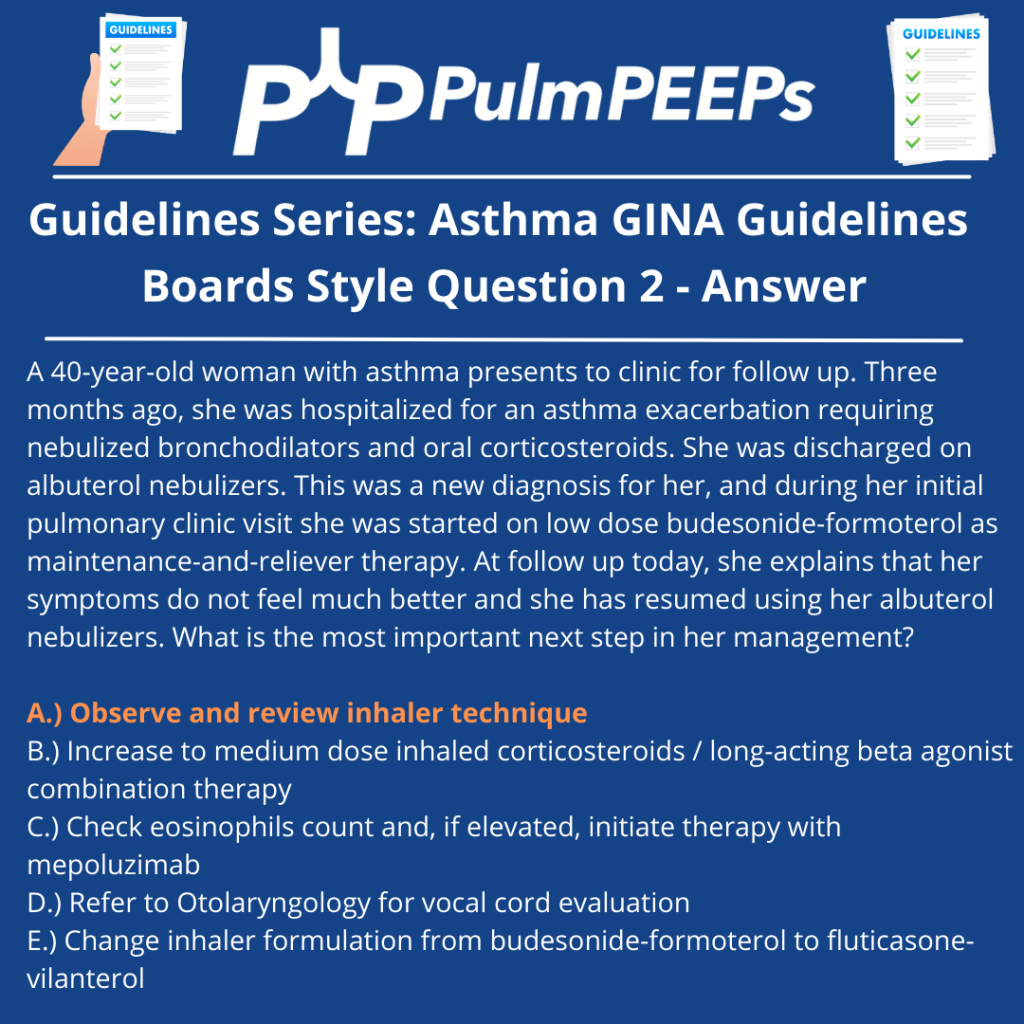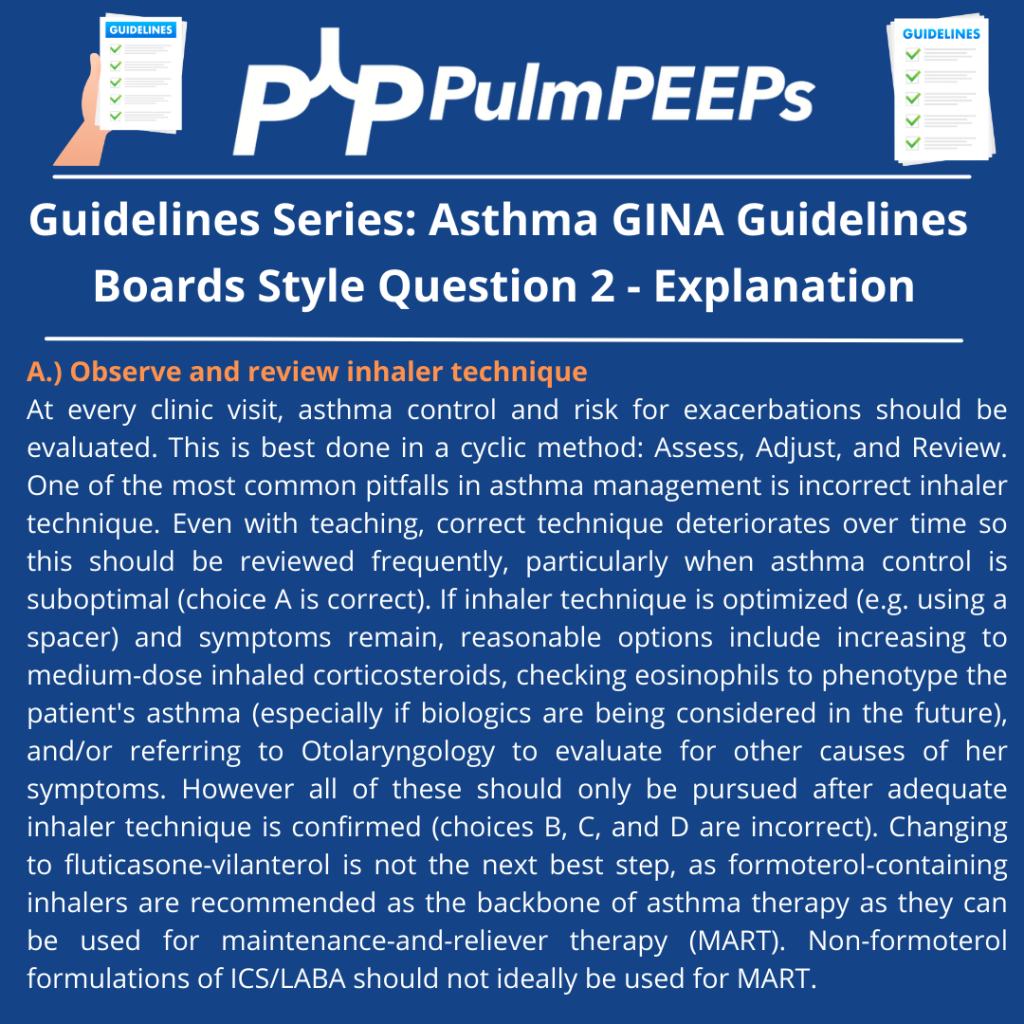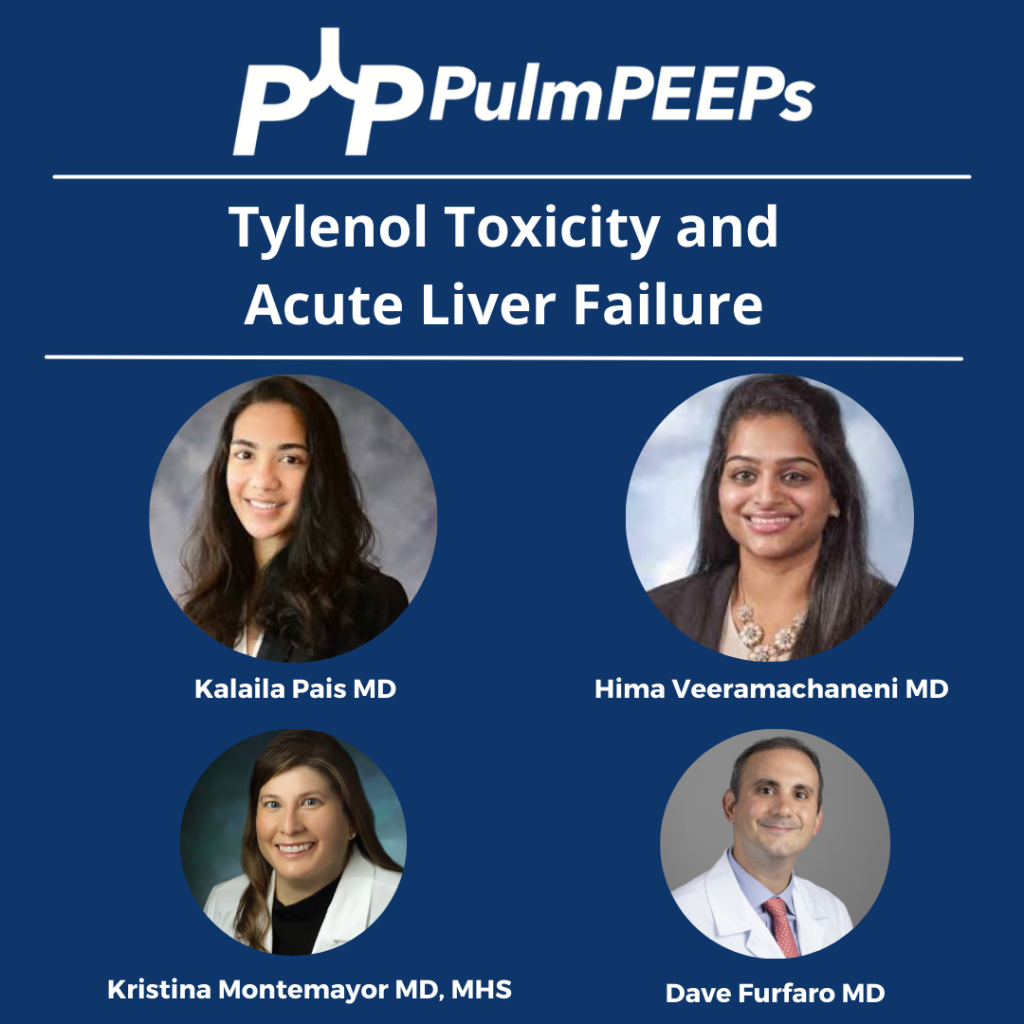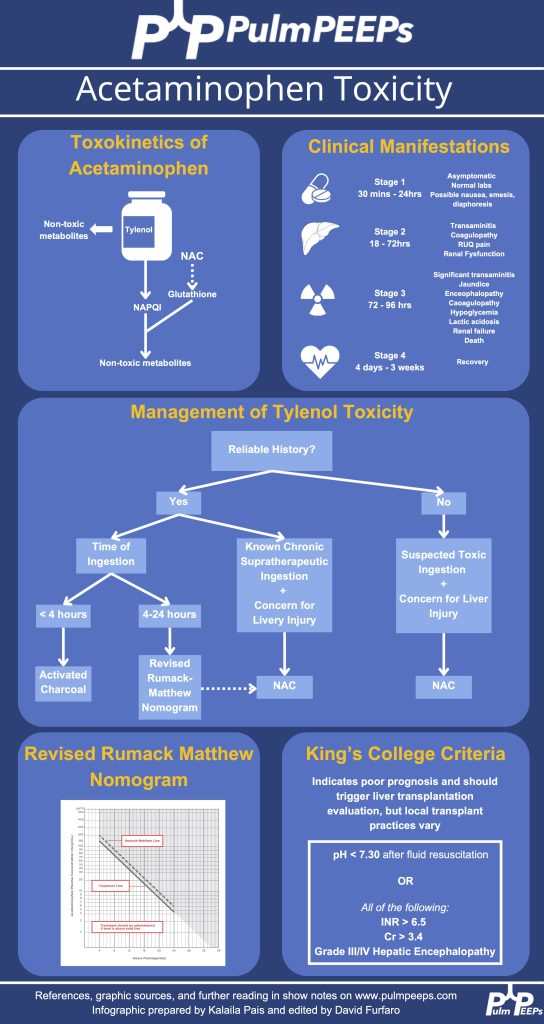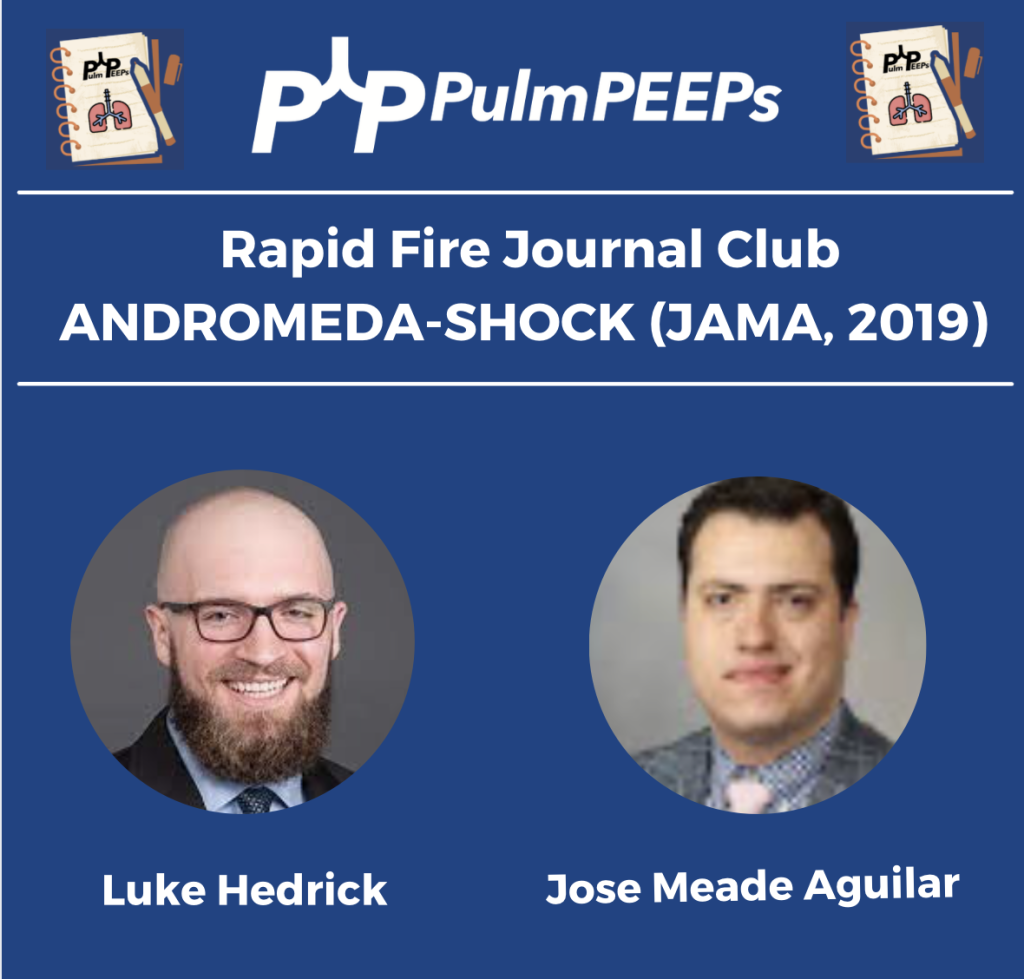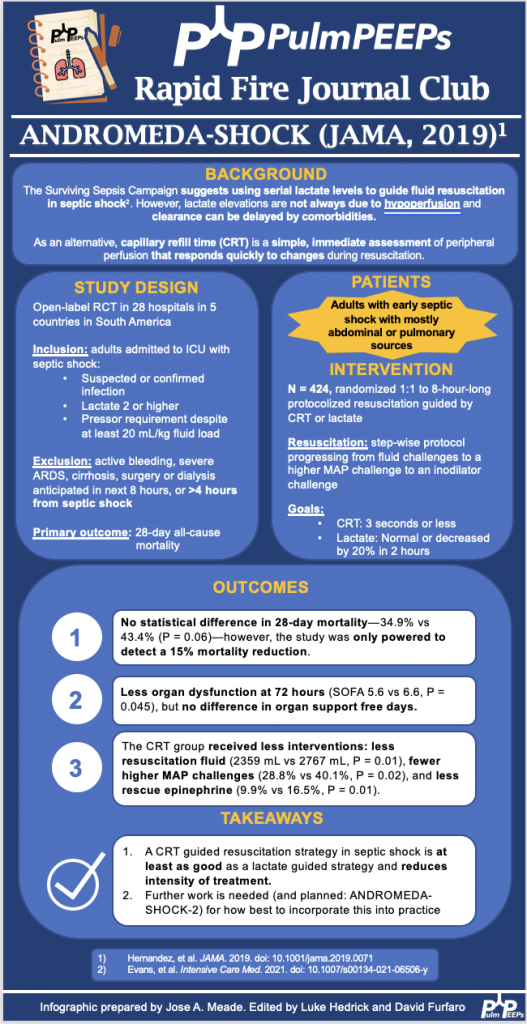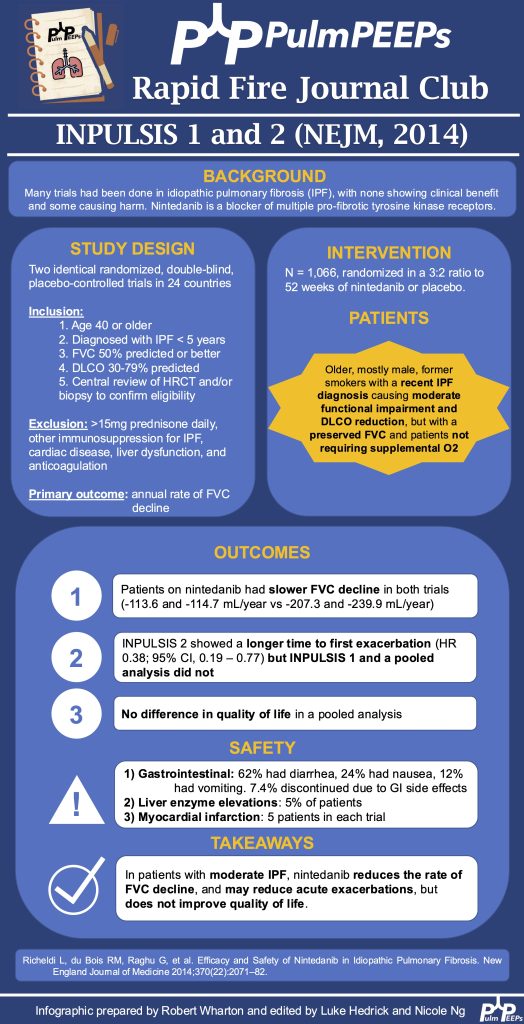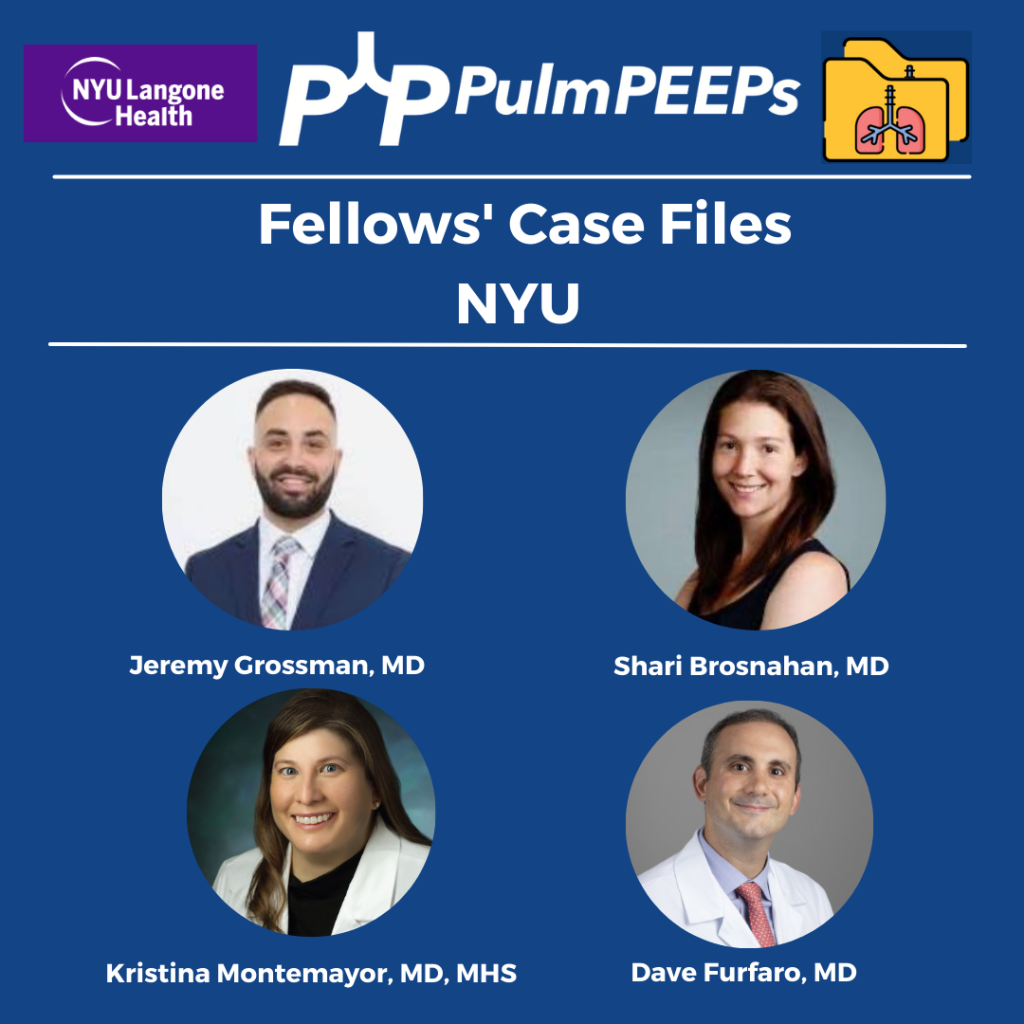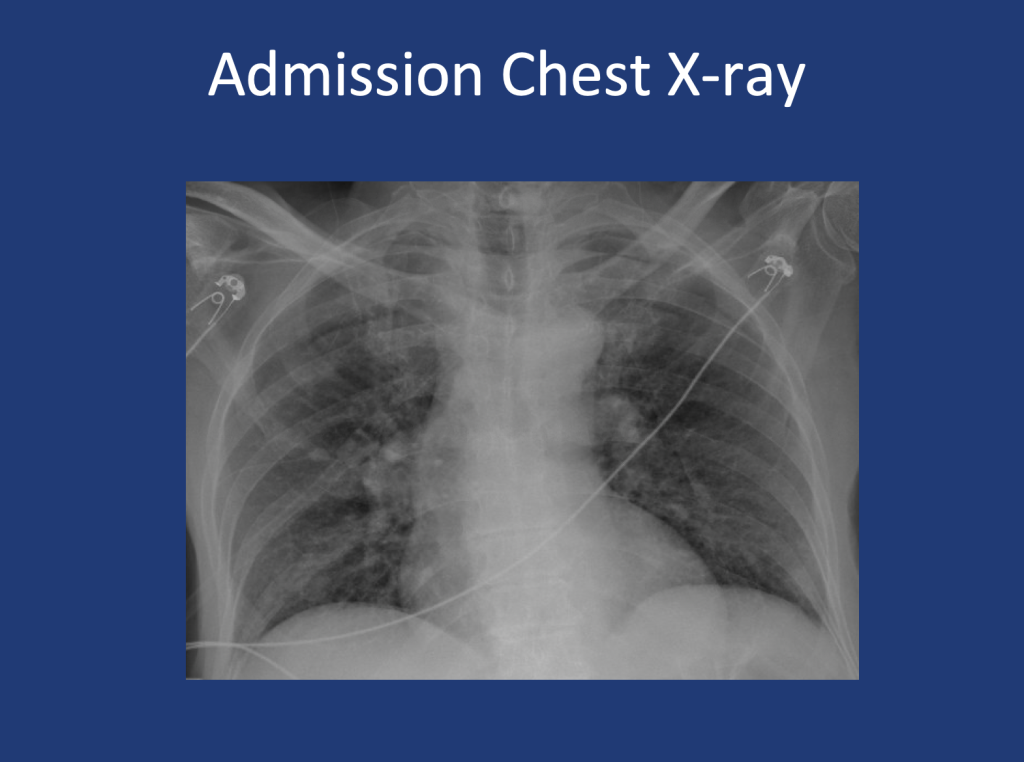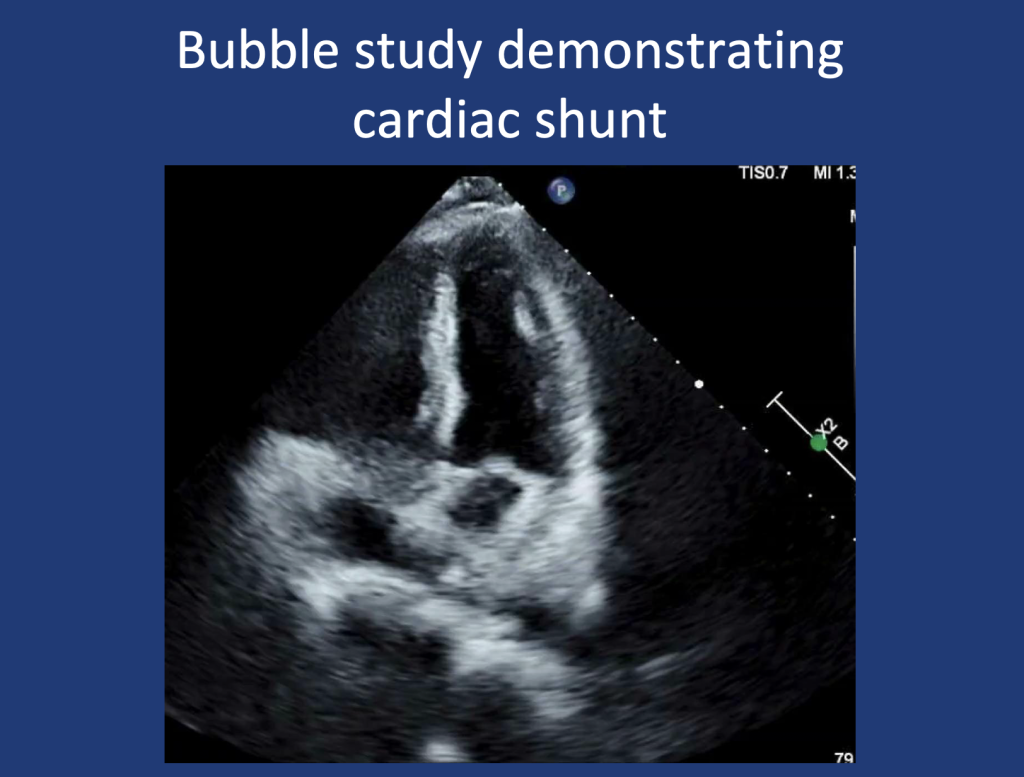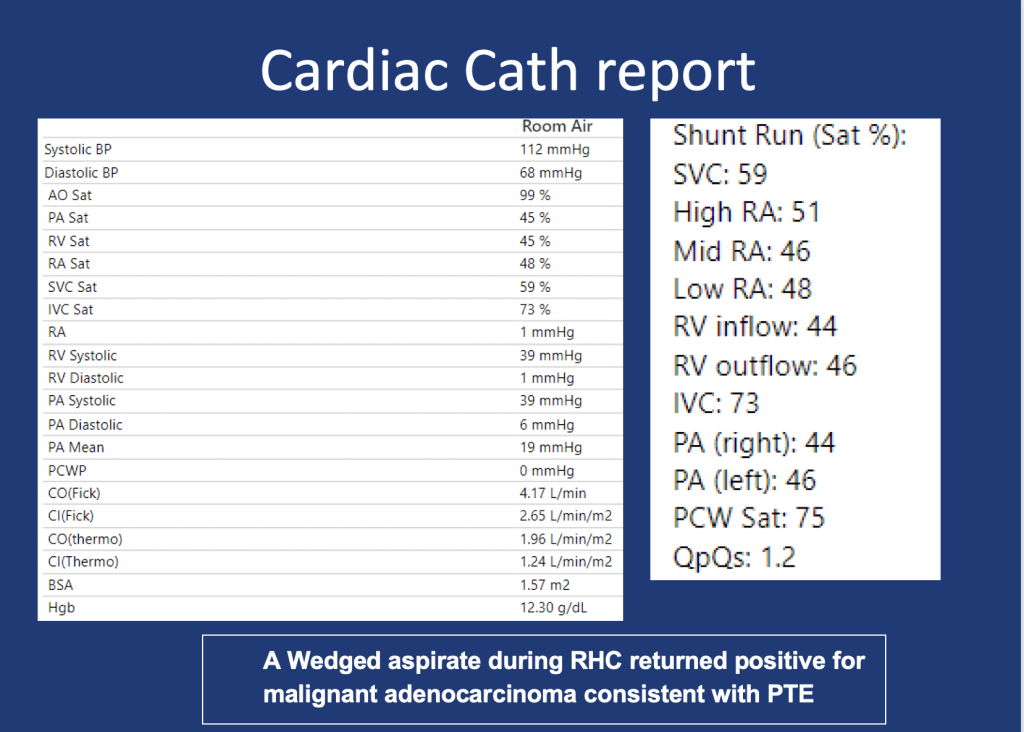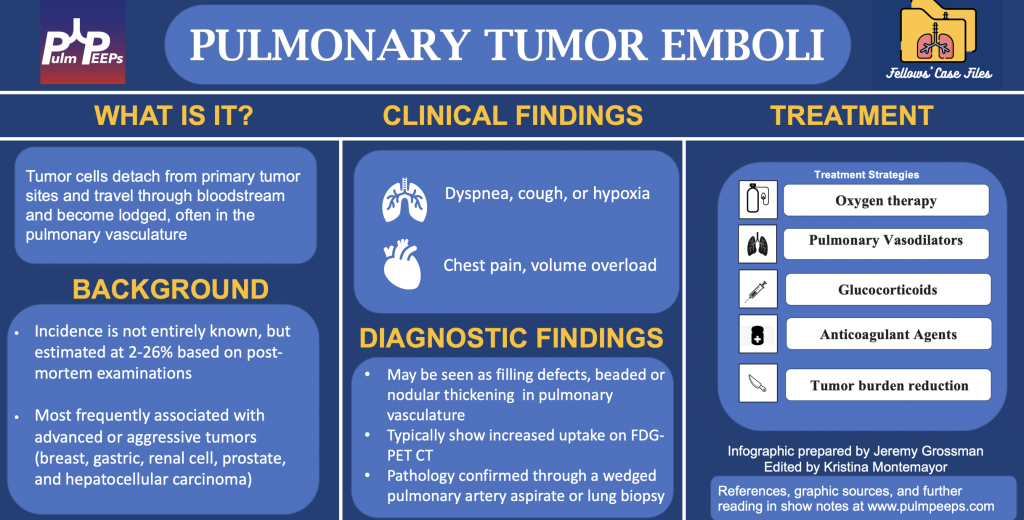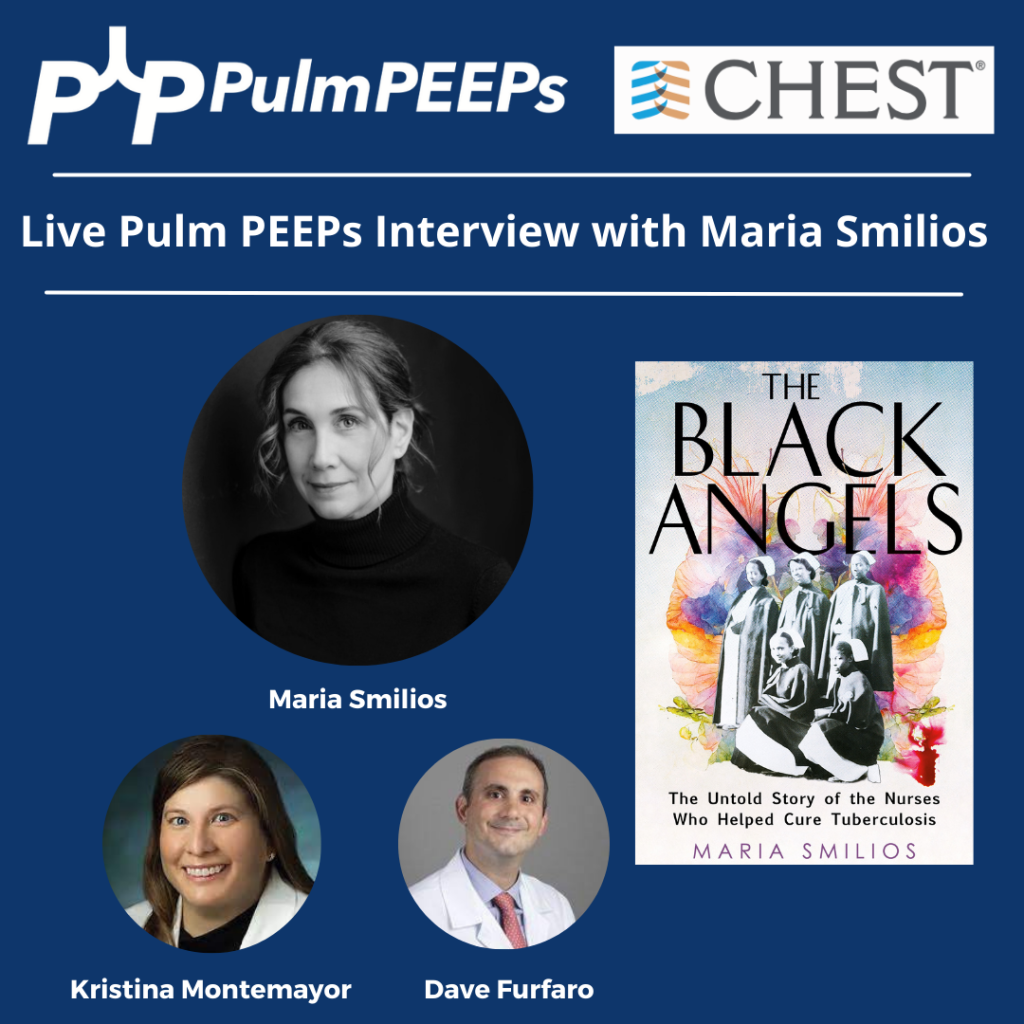On February 7, 2025 it was announced that the National Institutes of Health (NIH) would be capping indirect cost payments for research grants at 15%. This is a massive reduction from the current standard, and will have widespread impacts on research, healthcare delivery, and trainee and young faculty development throughout the United States. We have a special episode today to try to explain what this change really means, the broad impact it will have on the healthcare system and scientific research, and what we as a the healthcare community can / should be doing. Please feel free to reach out to us with any thoughts or questions from the episode.

Meet Our Guests
Dr. Theodore “Jack” Iwashyna is a Bloomberg Distinguished Professor at Johns Hopkins School of Medicine and the Johns Hopkins Bloomberg School of Public Health. Jack is a critical care physician and focuses on research to understand the broader context of critical illness, and the long term impact on patients’ lives. He is an enormously productive and successful researcher with numerous publications in the field of critical care, and is a pioneer in the field of ICU survivorship. He is a devoted mentor and has received accolades from numerous societies
Dr. Kathryn Hibbert is an Assistant Professor of Medicine at Harvard Medical School and a pulmonary and critical care physician at Massachusetts General Hospital. She is the MICU Director at MGH, as well at the Vice Chair for Critical Care.
Summary of Key Points
- Overview of NIH Funding
- NIH research funding is divided into direct costs (salaries, supplies, specific project expenses) and indirect costs (infrastructure, utilities, administrative support).
- Indirect costs support shared research resources like lab space, IT infrastructure, and institutional overhead.
- Recent Policy Change & Impact
- A sudden 15% cap on indirect cost reimbursement for NIH grants was announced late on a Friday, catching the academic community off guard.
- Many universities typically receive 50-60% in indirect cost reimbursements, making this a drastic cut.
- This change could severely affect research institutions by reducing available funding for shared infrastructure, education, and clinical care.
- Broader Ramifications
- Threat to Medical Research: Loss of funding for essential research infrastructure could slow or halt key medical advancements, such as cancer therapies, CF treatments, and more.
- Impact on Education & Clinical Care: Reduced research funding could lead to cuts in trainee programs, fewer job opportunities, and diminished support for clinical services, particularly those serving vulnerable populations.
- Economic Consequences: Academic medical centers are often major employers in states across the U.S. A reduction in funding could lead to job losses and economic downturns in affected regions.
- Political and Institutional Response
- Legal challenges were quickly filed, resulting in a temporary restraining order against the policy change.
- The administration’s actions were seen as an attack on academic freedom and scientific independence.
- The impact extends beyond select universities or states. States like Texas, Ohio, Florida, and Iowa stand to lose millions in research funding.
- Advice for Early-Career Researchers
- Continue applying for NIH grants as normal, following institutional guidance.
- Stay informed about evolving policies.
- Engage in advocacy—contact representatives, raise awareness, and contribute to public discussions.
- Call to Action
- The speakers urge medical professionals, researchers, and the public to share knowledge about what the impact of these changes would be, and prevent them from becoming permanent.
- They emphasize the critical role of NIH-funded research in improving healthcare outcomes worldwide and encourage continued engagement in the conversation.
References and Further Reading
https://global.oup.com/academic/product/time-to-heal-9780195181364?cc=us&lang=en&
https://www.africa.upenn.edu/Articles_Gen/Letter_Birmingham.html
Podcast: Play in new window | Download
Subscribe: Apple Podcasts | Spotify | Amazon Music | Android | iHeartRadio | Podcast Index | RSS | More

